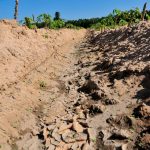Cooking fuel
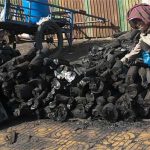
Firewood and charcoal are the main sources of energy for households and many small and medium enterprises, such as brick and tile industries. The cooking fuels used in Cambodia have changed greatly in the last decade. The National Census 2008 showed that 91 percent of ...
Oil and gas resources
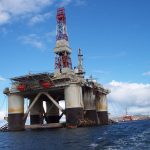
Oil and gas have been found on Cambodian territory but no commercial extraction has begun. When extraction may begin is uncertain while oil prices are at comparatively low levels. All the petroleum products for local demand are imported, chiefly from Vietnam, Singapore and Thailand. Consumption ...
National parks and wildlife sanctuaries
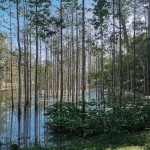
Cambodia’s national parks (or ‘natural parks’) and wildlife preserves were established under the 1993 Royal Decree on the Protection of Natural Areas. Although other areas have been added subsequently, there is currently no officially available list of all protected areas and their boundaries. ...
State private land

All land that is not state public property or is not privately owned is de facto state private land. state private land may be sold, exchanged, leased, granted as concessions, or otherwise alienated. ...
Science and technology education and promotion

Cambodia recognizes the important role of science and technology in the 21st century and aims to transform and integrate technology into its human resources through the education sector. Various policies and strategies are implemented to achieve the goal such as Policy guidelines for New Generation ...
Ministry of Economy and Finance
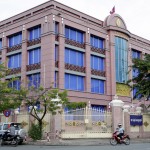
National Bank of Cambodia, Cambodia. Photo by Stephen McGrath, taken on 21 June 2010. Licensed under CC BY-NC-ND 2.0 In 1996, the MiniStry of Economy and Finance (MEF) was eStablished by law.63 Its organization and functioning is defined by a sub-decree of the Royal Government ...
Protected areas
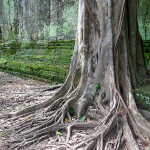
As Cambodia emerged from years of conflict, pressures grew on natural resources and sensitive areas. In response, a number of protected areas were created by royal decree in 1993 to protect ecologically and culturally important places. More detailed guidelines on managing the country’s protected areas ...
Urban administration and development
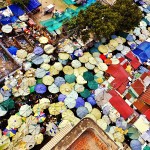
Bird eye view of a local market in Phnom Penh. Photo by Roberto Trombetta, taken on 8 May 2015. Photo licensed under Creative Commons Attribution-NonCommercial 2.0 GenericThe development and administration of Cambodia’s urban areas has struggled to keep pace with urban population growth. For example, ...
SMEs policy and regulation

The Covid-19 pandemic has caused a major economic shock in Cambodia, having a spillover on Cambodian micro, small and medium enterprises (MSMEs) and small household farmers’ survival and business continuity.152 Digital technologies are crucial during the pandemic, in which the owners of SMEs should focus ...
Ethnic minorities and indigenous people
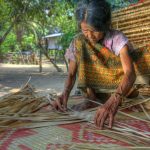
According to the Kingdom of Cambodia’s 2019 general population census, the total Cambodian population is 15,552,211 (51.31% of females).200 By 2021, the population increased to 16,589,023.201 Vietnamese, Chinese, Chams and other minorities also live in the country. Indigenous ethnic groups known as “Khmer Loeu” live ...
Forest cover
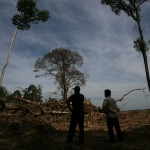
Cambodian forest cover has reduced dramatically in recent decades. In 1973 there were 13.1 million hectares of total forest, but by 2014 the total cover had fallen to 8.7 million hectares. ...
Social development
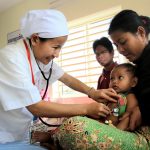
A trained medical staff listens to the heartbeat of an infant at 16 Makara hospital in Preah Vihear, Cambodia. Photo by The World Bank, taken on 30 January 2013. Licensed under CC BY-NC-ND 2.0.Social development addresses profound social problems,236 especially poverty, unemployment and social exclusion, ...
Pollution and waste
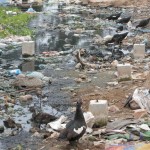
The rapid economic and population growth in Cambodia is leading to significant environmental pollution. The economic development activities have generated major environmental consequences, including air pollution, water pollution, noise pollution and solid wastes. ...
Forest cover reporting
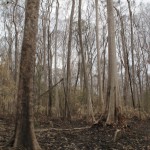
Forest cover is the area of land covered by tree canopy. Measuring and reporting this can show the different types of forest that exist and the areas of each, and how these areas change over time. ...
Terms and definitions
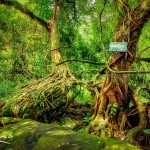
Defining and measuring forests is not an easy business. Definitions that initially sound very similar can turn out to have crucial differences. Understanding the terms is important for understanding forest use, forest cover, forest laws and policies and deforestation. ...
Science and technology
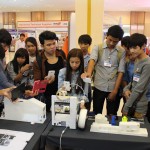
Students gathering around 3D printed models at a conStruction expo in Phnom Penh. Photo by ARC Hub PNH, taken in December 2014. Used with permission from ARC Hub PNH.Cambodia has achieved considerable economic and social progress in the laSt few decades, but the country does ...
Agricultural production

Rice field in Cambodia’s countryside. Photo by fmpgoh, taken on 15 July 2009. Licensed under CC BY-NC-ND 2.0The main products from the agriculture sector are rice, rubber, corn, vegetables, cashews and cassava. Unprocessed agricultural exports were projected to be more than 90 percent of total agricultural ...


